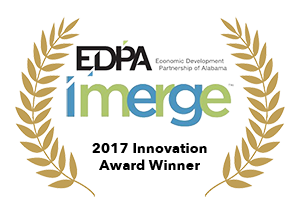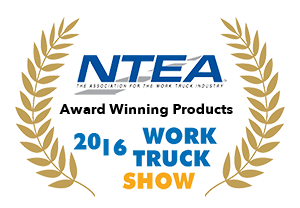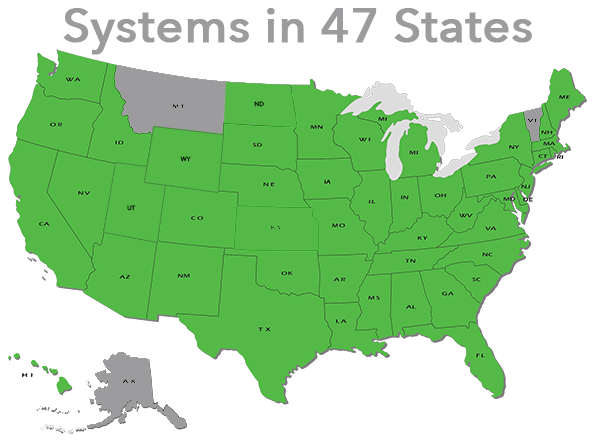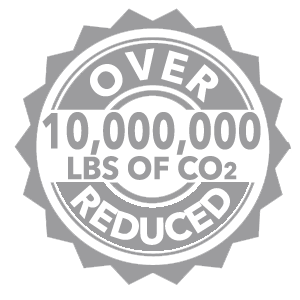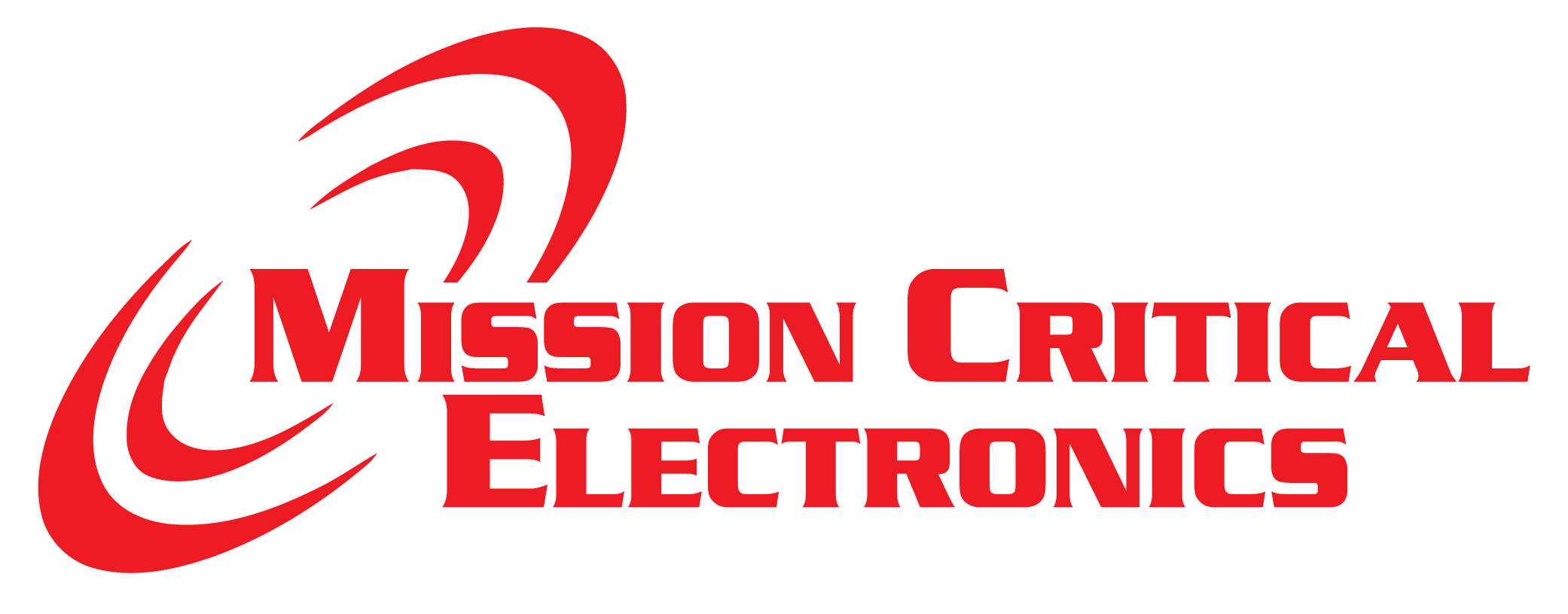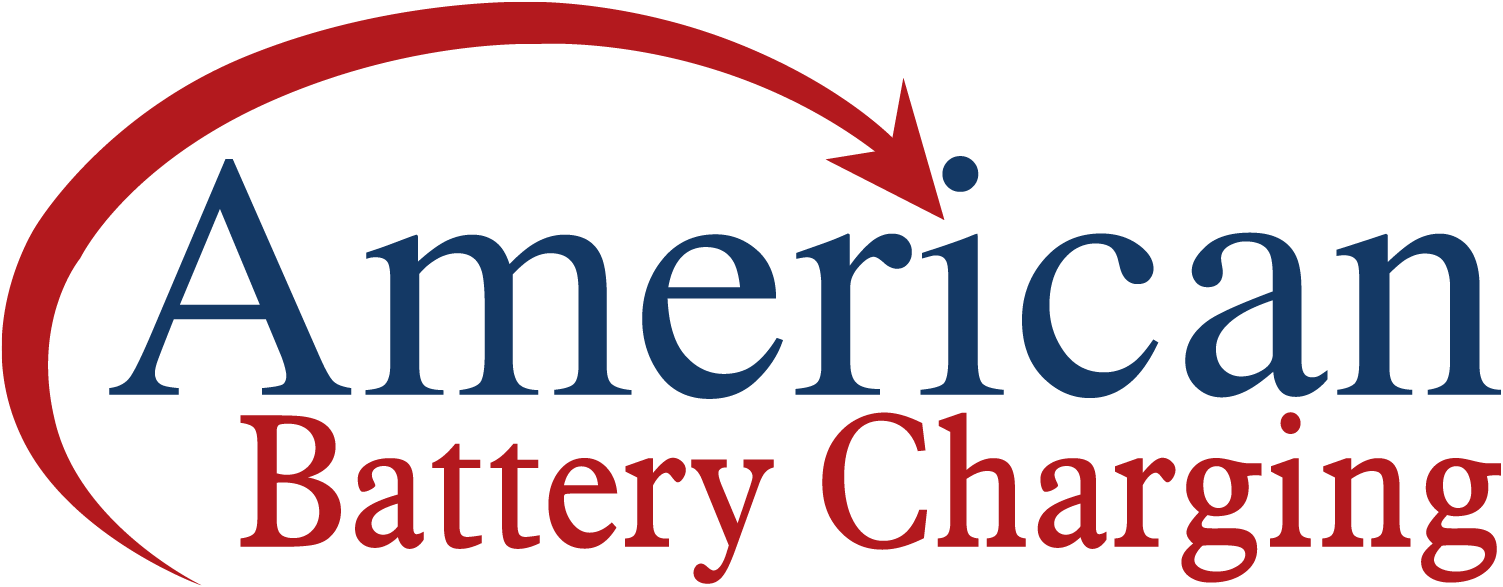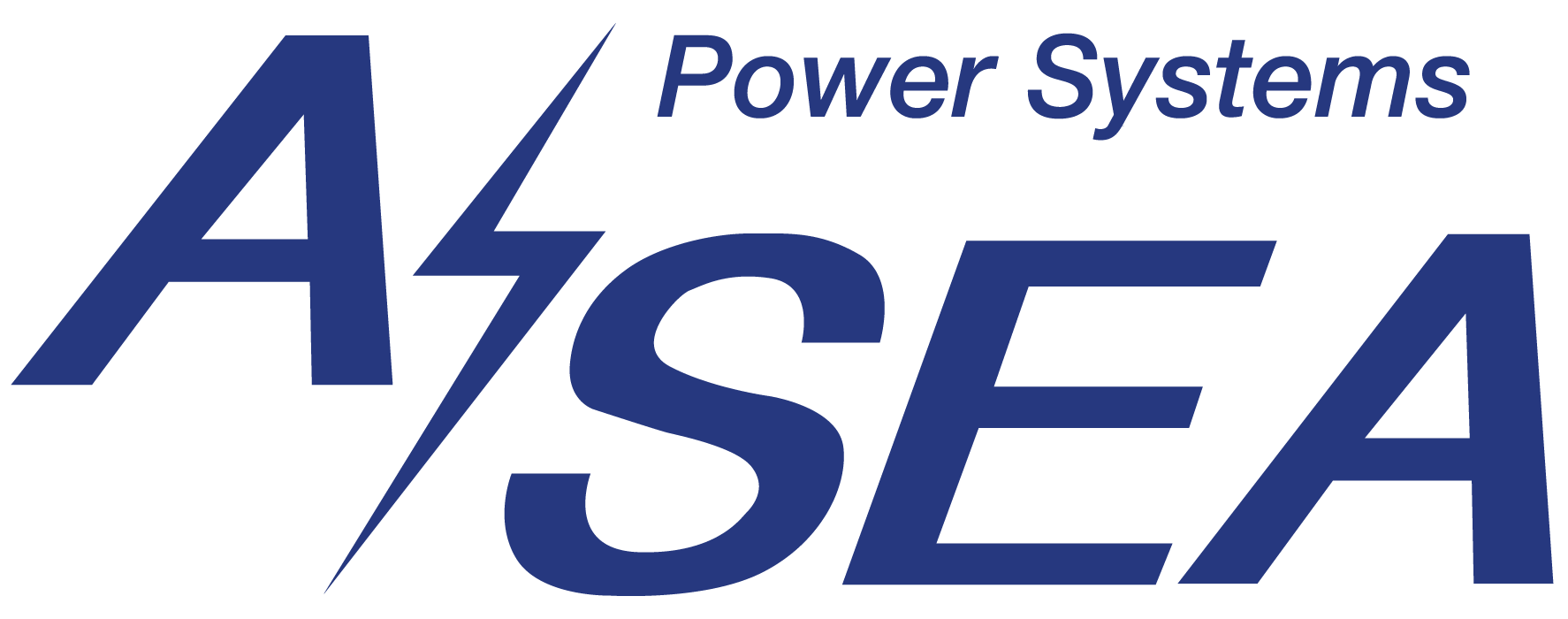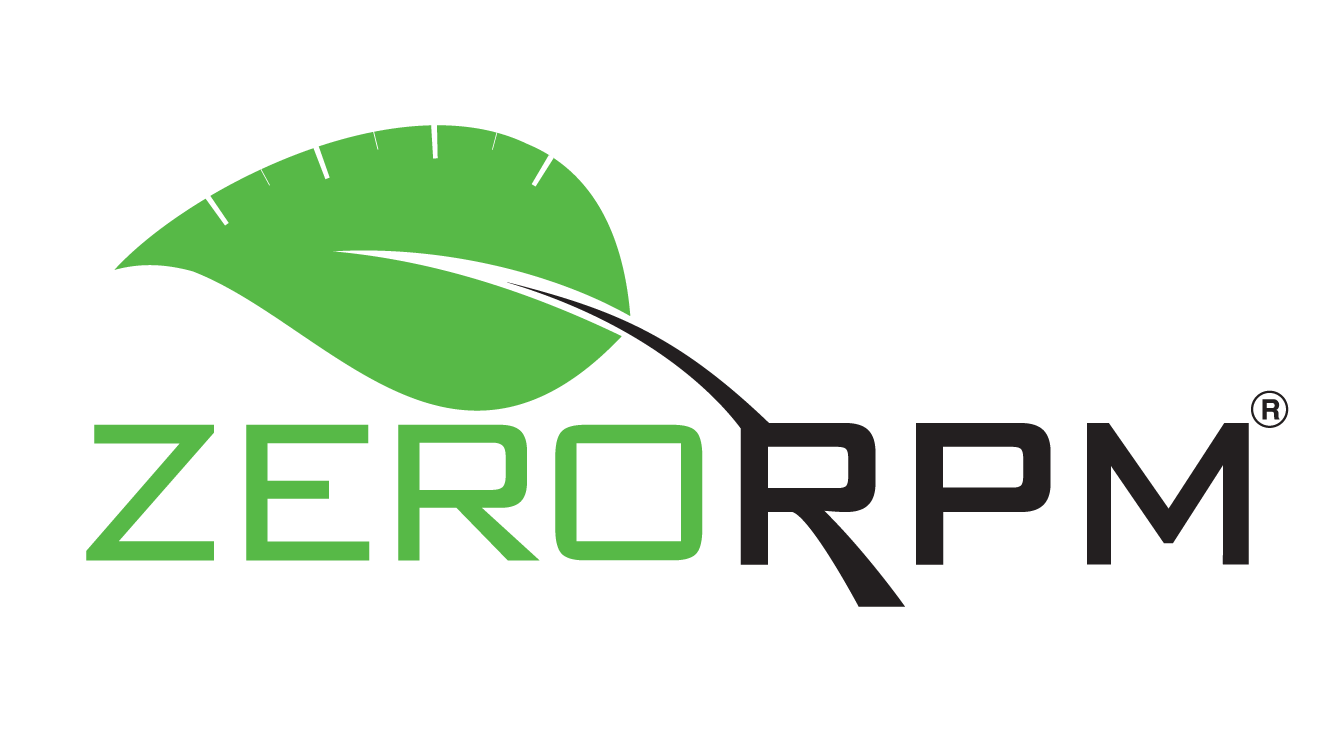What is the electric power grid, and what are some challenges it faces?
Last Updated: April 27, 2012
The grid of electric power lines has evolved into three large interconnected systems that move electricity around the country. Standards have been developed by the electric power industry to ensure coordination for the linked operations. Challenges facing the power grid include getting approval for corridors of land for new transmission lines within states or that cross multiple states, and the financing and constructing of new transmission lines to assure continued reliability of our electricity supply.
The Process of Transporting Electricity
Getting electricity from power generating stations to our homes and workplaces is quite a challenging process. Electricity must be produced at the same time as it is used because large quantities of electricity cannot be stored effectively.
High-voltage transmission lines (those lines between tall metal towers that you often see along the highway) are used to carry electricity from power generating stations to the places where it is needed. However, when electricity flows over these lines, some of it is lost. One of the properties of high voltage lines is that the higher the voltage, the more efficient they are at transmitting electricity — that is, the lower the losses are. Using transformers, high-voltage electricity is "stepped-down" several times to a lower voltage before arriving over the distribution system of utility poles and wires to your home and workplace so it can be used safely.
History of the Electric Power Grid
Around the beginning of the 20th century, there were over 4,000 individual electric utilities, each operating in isolation. Almost all of those used low-voltage connections from nearby generating power plants to the distribution lines serving their local customers.
As the demand for electricity grew, particularly in the post-World War II era, electric utilities found it more efficient to interconnect their transmission systems. In this way, they could share the benefits of building larger and, often, jointly-owned generators to serve their combined electricity demand at the lowest possible cost, and to avoid building duplicative power plants. Interconnection also reduced the amount of extra capacity that each utility had to hold to assure reliable service. With growing demand and the accompanying need for new power plants came an ever-increasing need for higher voltage interconnections to transport the additional power longer distances. Over time, three large interconnected systems evolved in the United States.
U.S. Electrical Systems Are Now Interlinked
Today, transmission and distribution lines owned by an individual utility are no longer resources to be used only by that utility. Electrical systems have been expanded and interlinked. The systems now provide the associated transport of electricity on the transmission lines where buyers and sellers may be geographically spread apart.
Close oversight of operations within the three power grids is needed to keep the various components linked together. The interlinked systems now include over 3,200 electric distribution utilities, over 10,000 generating units, tens of thousands of miles of transmission and distribution lines, and millions of customers.
Originally, each generating company was responsible for maintaining its own electrical system safety and planning for the future needs of its customers. Later, voluntary standards were developed by the electric utility industry to ensure coordination for linked interconnection operations. These voluntary standards were instituted after a major blackout in 1965 that impacted New York, a large portion of the East Coast, and parts of Canada.
Now, planning is done in a much more coordinated manner to achieve adequacy of supply, to establish and oversee formal operational standards for running the bulk power systems, and to address our Nation's security concerns for critical electrical infrastructures. All of this coordination is administered under mandatory procedures set up by the electric power industry's new electricity reliability organization (the North American Electric Reliability Corporation), with oversight provided by the Federal Energy Regulatory Commission and the U.S. Department of Energy.
The National Power Grid

Challenges Facing the Power Grid
Most of the electrical transmission components have been in existence for many years. It is generally agreed that some replacement and upgrading of current lines will have to be done, and that new lines need to be constructed to maintain the system's overall reliability.
Four significant challenges to improving the power grid infrastructure are:
Siting new transmission lines (and obtaining approval of the new route and needed land) when there is local opposition to construction Determining an equitable approach for recovering the construction costs of a transmission line being built within one State when the new line provides economic and system operation benefits to out-of-State customers Ensuring that the network of long-distance transmission lines reaches renewable sites where high-quality renewable resources are located, which are often distant from areas where demand for electricity is concentrated. Addressing the uncertainty in Federal regulatory procedures regarding who is responsible for paying for new transmission lines; this uncertainty affects the private sector's ability to raise money to build them.

